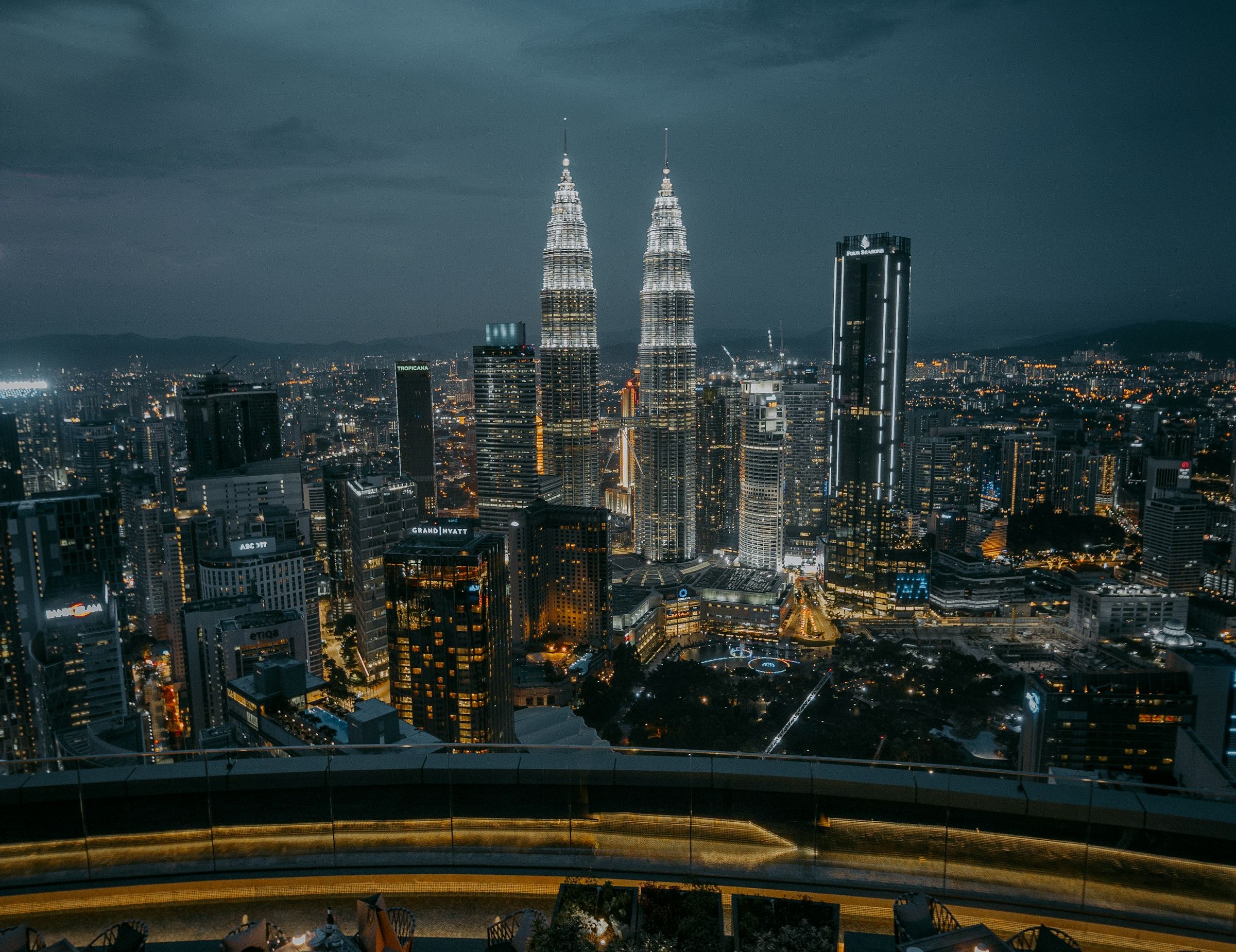Bursa Malaysia’s subdued start, even as Japan-US trade tensions eased, reveals more than just a delayed reaction. It suggests a fundamental reassessment of risk and exposure among institutional allocators. While trade diplomacy headlines have typically catalyzed regional market rallies, the Monday morning inertia in Kuala Lumpur reflects a deeper, more structural capital caution.
The relief stemming from stabilized Japan-US relations—particularly surrounding tariff de-escalation and trade posture normalization—was expected to transmit a positive shockwave across Asia’s equity markets. But for Bursa, the expected uptick failed to materialize. Instead, the market opened flat, volume lagged, and sectoral leaders showed no clear direction. This disconnect isn’t accidental—it’s a signal.
At the core of this inertia is a mismatch between optimism and deployable conviction. The Japan-US trade thaw acts as a geopolitical buffer, not a demand driver. It removes downside, but doesn’t create upside. That matters for capital allocators navigating uncertainty in Malaysia’s policy mix, foreign inflows, and mid-cap equity resilience. The easing of friction between the world’s third-largest economy and its primary trading partner may improve global mood, but it doesn’t solve for Malaysia’s domestic growth constraints or fiscal ceiling.
Moreover, global fund managers—already nursing defensive allocations across frontier and secondary Asia—are unlikely to reverse course without a stronger economic anchor. This includes improvements in real sector performance, fiscal signaling from Putrajaya, and credible liquidity scaffolding by Bank Negara Malaysia (BNM). In their absence, optimism gets sidelined.
The sectors that should have benefited most from trade détente—technology hardware, palm oil logistics, and intermediate manufacturers—remained largely directionless. This indicates a broader weakness: capital markets are not reacting to external relief cues unless they’re matched by bottom-up earnings visibility or top-down liquidity easing.
Malaysia’s market structure amplifies this hesitation. Mid-cap and small-cap equities form a disproportionate share of Bursa’s volatility, and foreign ownership remains below 20% for most domestically oriented names. Unlike North Asia or Singapore, where currency-hedged institutional flows stabilize equity narratives, Malaysia remains highly sensitive to global risk rotation. The result is binary: momentum when flows enter, drag when they pause.
Tech-linked counters that are typically first movers in trade-positive news cycles underperformed. Export-levered sectors like semiconductors and electronics failed to rally, despite the logical benefit of improved global trade sentiment. Investors, it seems, are not convinced the easing between Japan and the US will be sufficient to reaccelerate manufacturing demand—particularly as China’s growth remains uneven and Europe’s inflation-adjusted consumption stays muted.
Bank Negara Malaysia has not adjusted its monetary tone or intervened to support market liquidity. The Overnight Policy Rate (OPR) remains at 3.00%, with limited forward guidance. BNM’s inflation posture—cautious but not expansionary—has left real interest rates slightly positive but not accommodative. That means credit transmission remains functional, but not stimulative. There is no liquidity overshoot being channeled toward equities.
On the fiscal front, the government’s subsidy reform narrative—while necessary for budget rebalancing—adds to short-term consumer risk. The shift away from blanket subsidies toward targeted cash transfers will take time to stabilize. That lag matters for consumption-oriented counters on Bursa and may delay re-rating in domestic earnings models.
Meanwhile, Malaysia’s GLICs (government-linked investment companies), including EPF and Khazanah, remain present but selective. Their asset reallocation—especially under stricter ESG and sectoral mandates—does not mirror past cycles of countercyclical buying. Institutional capital is flowing into fixed income and regionally hedged alternatives, not directly into Malaysia’s mid-cap equities.
Malaysia’s modestly positive real rates and inflation trajectory have kept it from being treated as high-risk, but that doesn’t mean it’s the regional safe haven. That role, for now, remains with Singapore. SGD stability, robust fiscal surplus, and AAA credit profile continue to attract capital flows looking for low-volatility parking.
In contrast, Bursa’s exposure to commodity-linked volatility, political noise, and FX vulnerability limits its safe-haven appeal. Foreign exchange markets have not rewarded Malaysia with consistent ringgit strength—even in light of commodity exports. That undercuts the thesis for foreign inflows chasing short-term returns.
The cross-border dynamic further reinforces this capital distribution. Japanese and US investors, newly reassured by bilateral trade stability, are deploying capital homeward or toward US dollar-linked assets. Southeast Asia’s equities—unless directly connected to global manufacturing or commodity arbitrage—remain under-rotated.
What Monday’s opening on Bursa Malaysia reveals is a recalibrated investor posture. Markets are not looking for relief. They are demanding conviction. And relief—while welcome—is not conviction.
Until Malaysia delivers a coordinated macro policy narrative, sectoral earnings clarity, and credible capital market depth, trade-related optimism will remain a secondary influence. Allocators have become less reactive to headlines and more conditioned by structure. They are waiting not for better news—but for better systems.
This posture is not unique to Malaysia, but the country’s equity market—lightly foreign-owned, mid-cap-heavy, and FX-sensitive—feels it more acutely. In this environment, even good news finds no bid. The capital system remains cautious—and until policy clarity realigns with capital flow confidence, Bursa’s slow start may not just be a one-off. It may be a pattern.













-1.jpg&w=3840&q=75)
.jpg&w=3840&q=75)
